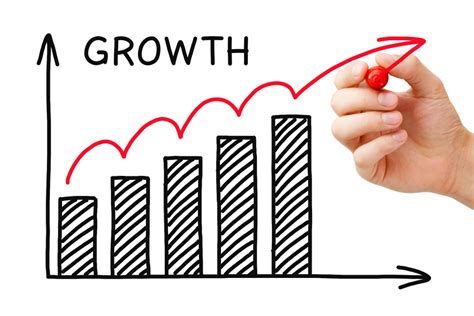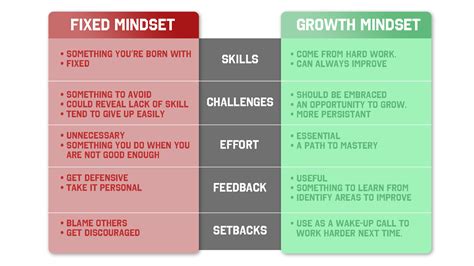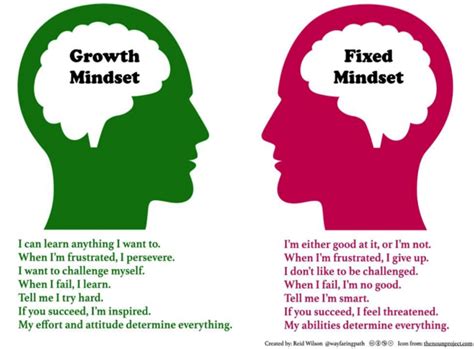For many men, the fear of failure is a silent, yet powerful, inhibitor. It can manifest as procrastination, perfectionism, or an unwillingness to step outside established comfort zones, ultimately stifling personal and professional growth. This deeply ingrained apprehension, often fueled by societal expectations of strength and unwavering success, prevents countless individuals from pursuing opportunities that hold significant potential rewards.
Understanding the Grip of Fear
Societal norms frequently burden men with the pressure to be providers, protectors, and perpetual winners. From a young age, missteps can be perceived as weaknesses, leading to a pervasive belief that failure is not an option. This pressure creates an environment where avoiding failure becomes a primary objective, overshadowing the pursuit of innovation, personal challenge, or entrepreneurial spirit.
This fear often manifests in tangible ways: avoiding challenging projects, sticking to unfulfilling but ‘safe’ career paths, or shying away from personal commitments that carry a risk of rejection or disappointment. The focus shifts from achieving success to merely avoiding failure, leading to stagnation rather than progress.

The Pivotal Mindset Shift: From Failure to Feedback
The most crucial step in transforming the fear of failure into calculated risk-taking is a fundamental redefinition of what failure actually means. Instead of viewing it as a terminal state or a personal indictment, men can adopt a growth mindset that re-frames failure as invaluable feedback, a learning opportunity, and an essential component of the iterative process of growth.
This shift entails understanding that every outcome, positive or negative, provides data. A project that doesn’t meet its initial goals isn’t a failure, but rather a rich source of information that reveals what didn’t work and why. This perspective liberates individuals from the paralyzing fear of imperfection, encouraging them to view challenges as experiments rather than pass/fail tests.

Embracing Calculated Risk-Taking
Once failure is re-contextualized, the path opens for calculated risk-taking. This isn’t about reckless abandon or ignoring potential negative consequences; it’s about intelligent, informed decision-making. Calculated risk involves a thorough assessment of potential outcomes, understanding the probabilities, and developing contingency plans. It’s a strategic approach to uncertainty.
To engage in calculated risk, men must learn to:
- Identify the Goal: Clearly define what success looks like.
- Assess Potential Outcomes: Envision the best, worst, and most likely scenarios.
- Analyze Resources & Capabilities: Understand what assets (skills, knowledge, networks) are available.
- Mitigate Downside: Develop strategies to minimize potential negative impacts or recover if things don’t go as planned.
- Measure & Learn: Approach the venture as an experiment, ready to adapt based on results.

Practical Steps to Cultivate This Mindset
Start Small, Learn Fast
Begin by taking small, low-stakes risks where the consequences of ‘failure’ are minimal. This allows for experimentation and builds confidence. Each small success, and each small learning experience, reinforces the new mindset.
Develop Self-Compassion
Recognize that mistakes are an inevitable part of learning and growth. Treat yourself with the same kindness and understanding you would offer a friend. Self-compassion reduces the emotional sting of setbacks, making it easier to bounce back.
Seek Mentorship and Feedback
Connect with mentors who embody calculated risk-taking. Learning from their experiences, both successes and challenges, can provide invaluable insight and normalize the process of taking chances. Actively solicit constructive feedback to gain objective perspectives on your endeavors.

Visualize Success and Resilience
Mental rehearsal of successful outcomes, alongside contingency planning for challenges, can build mental fortitude. Focus on your ability to adapt and overcome obstacles, rather than fixating on the possibility of failure.
Conclusion: The Path to Empowered Action
Shifting from a fear of failure to a mindset of calculated risk-taking is not an overnight transformation, but a continuous journey. By redefining failure as feedback, embracing strategic assessment, and practicing self-compassion, men can unlock immense potential. This mindset shift doesn’t just enable bolder career moves or entrepreneurial ventures; it fosters resilience, innovation, and a deeper sense of fulfillment in all aspects of life, leading to empowered, intentional action.





